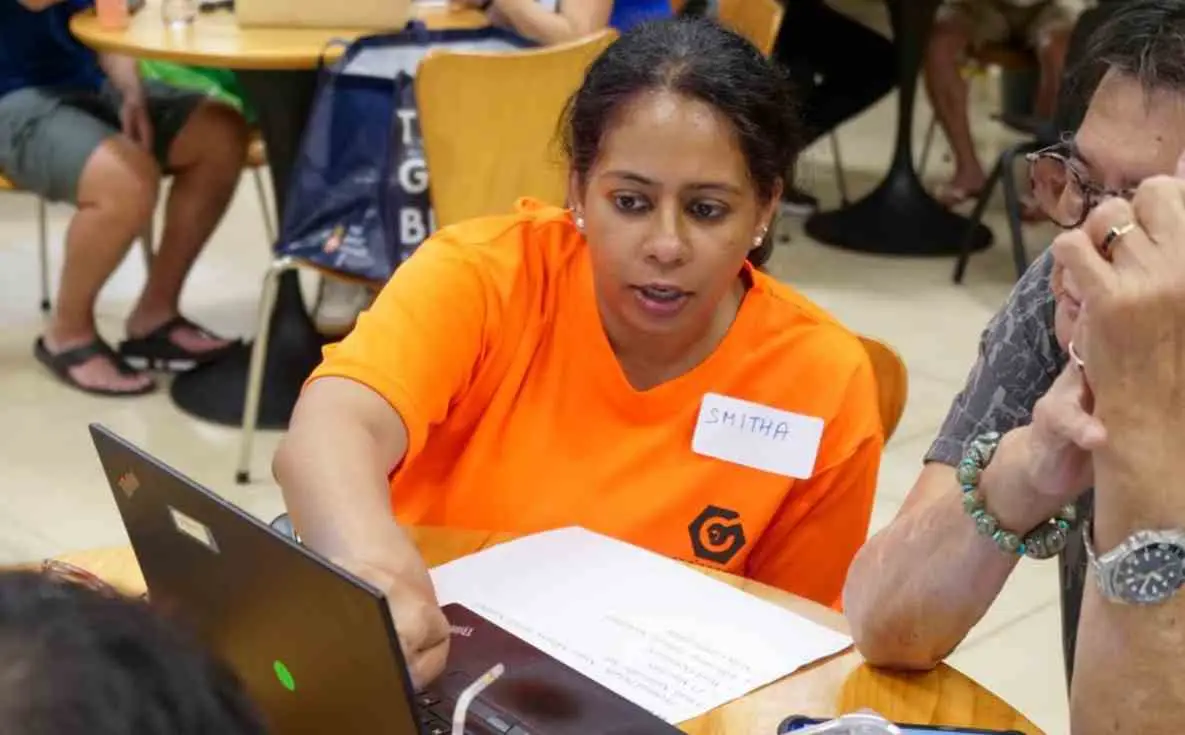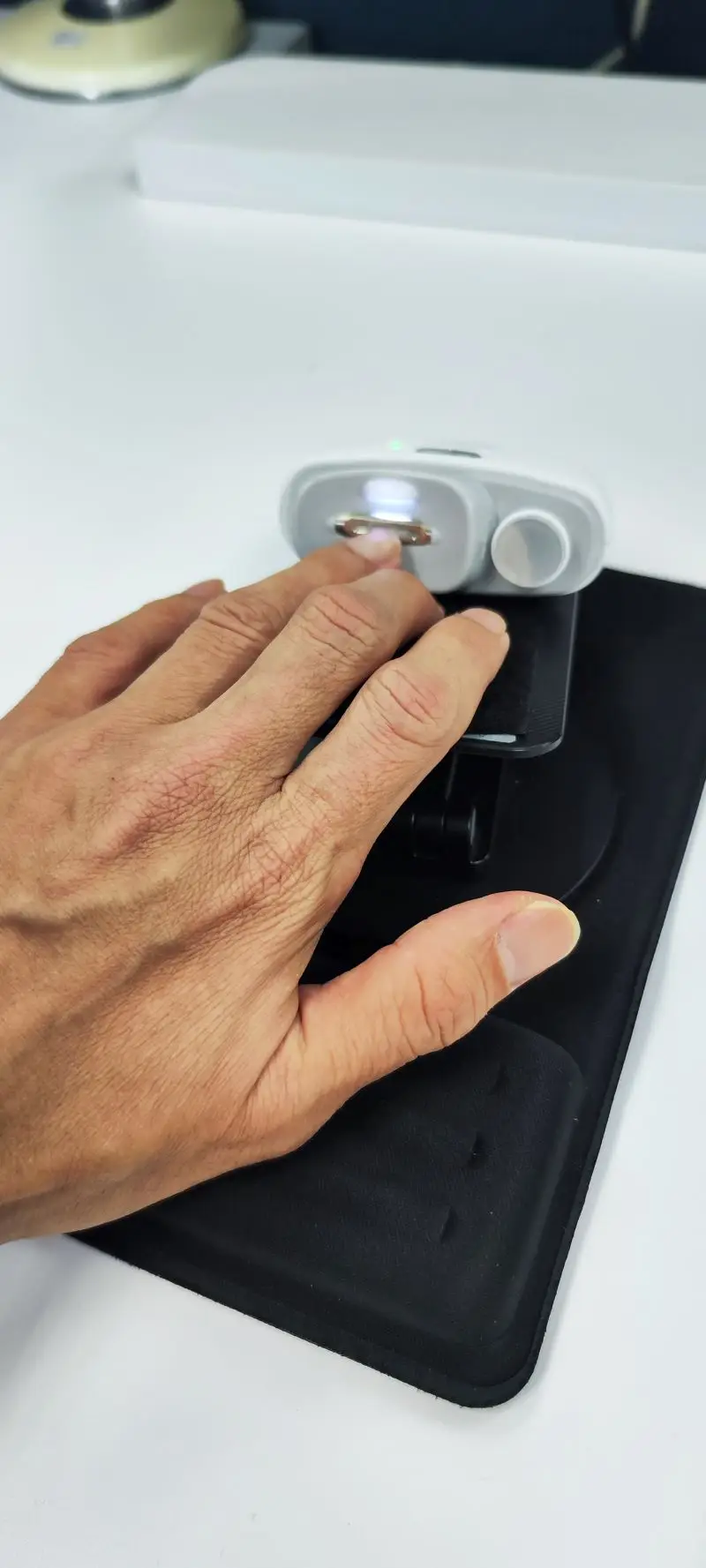What is Assistive Technology
Assistive technology (AT) refers to products, devices, equipment, software, systems, or services designed to improve learning, work, and daily living for individuals with special needs. More broadly, AT encompasses technologies that “assist” and help remove barriers for persons with disabilities in accessing education, transportation, housing, recreation, and employment, enabling them to live independently, reach their full potential, and participate inclusively in society.
The World Health Organization (WHO) defines assistive technology as an umbrella term that covers the systems and services involved in delivering these products and solutions. Assistive products can range from physical tools like wheelchairs, glasses, hearing aids, prostheses, and walking devices, to digital solutions such as software and apps that facilitate communication, information access, time management, rehabilitation, education, and training. They also include modifications to the physical environment, such as portable ramps or grab rails.
The 2022 WHO-UNICEF Global Report on Assistive Technology emphasizes that access to assistive technology is more critical than ever. Having the right AT can be the key to accessing education for children and workforce participation for adults. AT supports individual independence and well-being, and without it, people with disabilities can become isolated, intensifying the effects of their condition on themselves and their families.
Assistive Technology for Different Types of Disabilities
To perform evaluation of what AT is suitable for the users, we will rely on a shared understanding of the user from the cross-disciplinary professional team and the family. Taking an ability-based rather than disability-based approach is important. We consider the user’s strengths that can be built upon, and not just challenges.
When exploring assistive technology for users with physical disabilities, we focus on two main areas:
- Identifying alternative methods for performing learning and daily tasks that are limited by their physical disabilities. For example, instead of relying on a standard computer mouse or touchscreen, users can use big button switches or head/eye tracking assistive technology to control computers and tablets.
- redesign tasks to be engaging to support training them in mastery of the tasks. For example, the use of adaptive knife and cutting board which have been ergonomically designed for users with cerebral palsy to perform effective single-hand cutting so that options of what meal the student is able to prepare, with limited support from caregiver, is now wider.
Autism is often referred to as an “invisible disability”. When evaluating AT for users with Autism Spectrum Disorder (ASD), we focus on the following areas:
-
Helping students cope with sensory challenges and reducing repetitive behaviors. Examples include noise-cancelling headphones for students with severe auditory sensitivities or dimmable LED lighting in classrooms to reduce visual sensory overload.
-
Providing alternative ways to address communication difficulties—both receptive and expressive. This could involve using Augmentative and Alternative Communication (AAC) apps on iPads or printed picture cards to facilitate communication.
-
Supporting the development of social interaction skills. Examples include using video social stories or interactive AI robots to help students improve their social skills.
In designing assistive technology solutions for various users, it is critical to leverages the users’ unique strengths, for example, many individuals with autism have preference visual and structured learning. This way the AT solution will engage the users better and and thus improve the success rate of adoption of the assistive technology solution by them.




